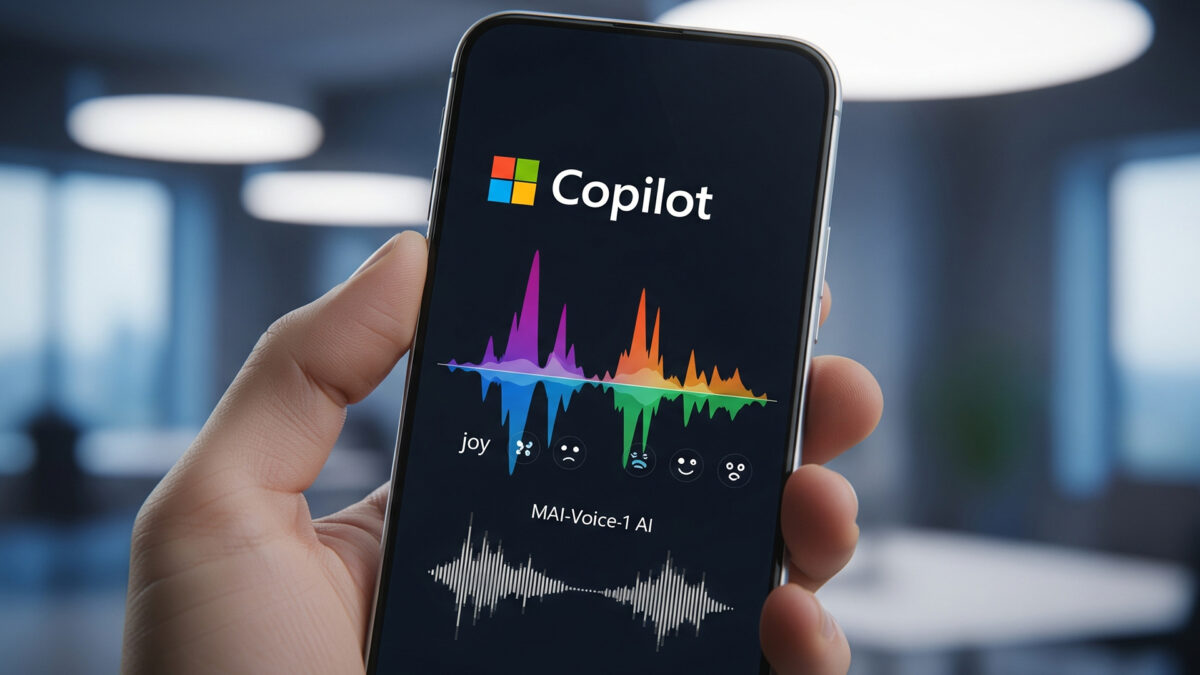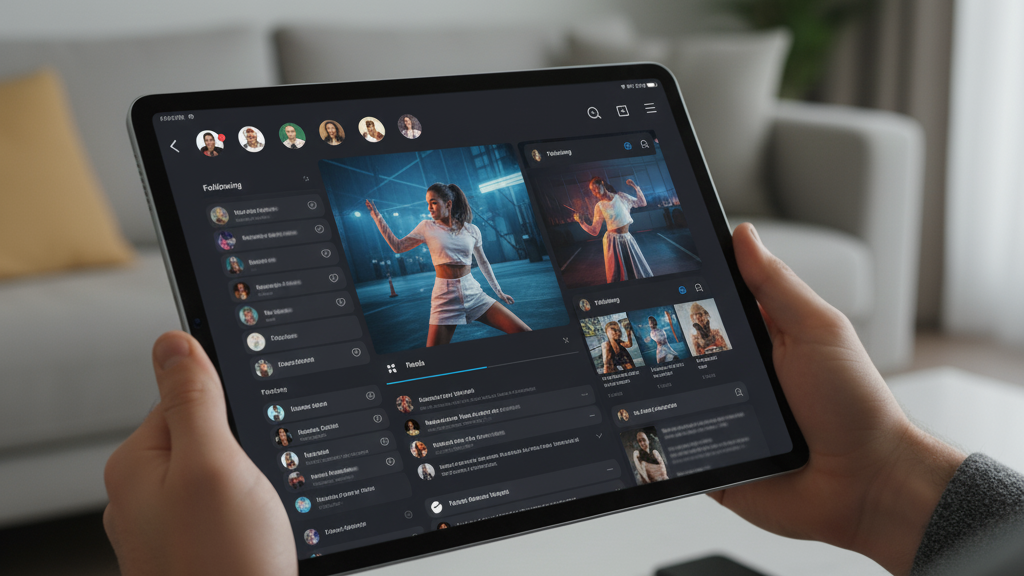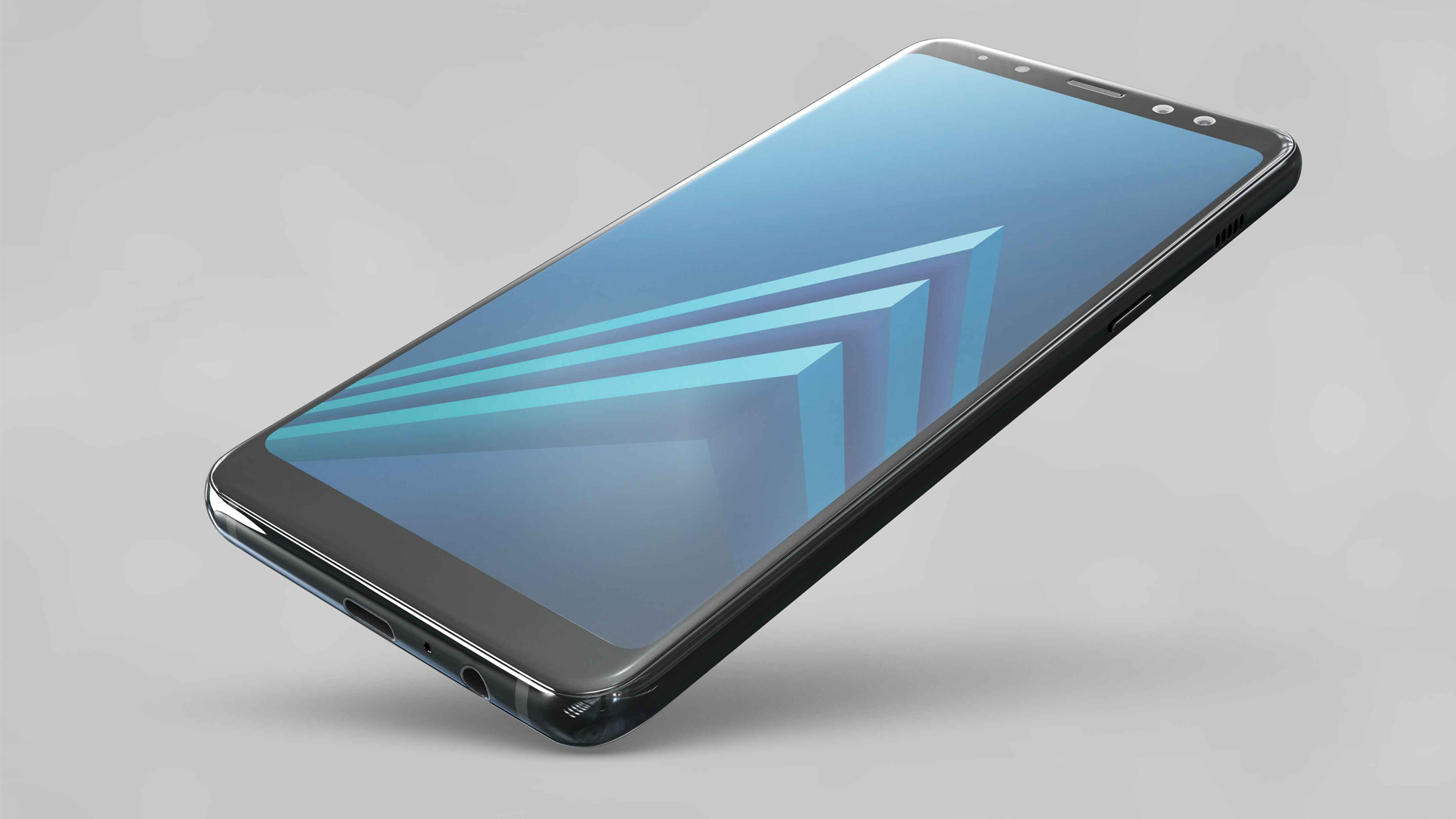Indian online gaming giant Gameskraft Technologies is facing a double crisis: a high-stakes financial fraud allegedly involving its former Chief Financial Officer and a sweeping round of layoffs triggered by ongoing regulatory turmoil in the real-money gaming sector.
An FIR has been filed against Gameskraft’s former Group CFO, Ramesh Prabhu, accusing him of diverting over ₹270 crore from the company into a personal trading account over several years. The funds, meant for corporate investments, were allegedly funneled into Futures & Options (F&O) trading via an RBL Bank account in Prabhu’s name.
According to the complaint lodged at the Marathahalli police station in Bengaluru, Prabhu engaged in extensive manipulation of company records, including falsifying mutual fund statements and misrepresenting investments to conceal the financial irregularities. Internal investigations revealed that between FY2020 and FY2025, Prabhu had routed approximately ₹231 crore into personal trading. Losses from these trades are estimated to exceed ₹250 crore. Following the discovery, Gameskraft wrote off ₹270.4 crore in its FY25 financial statements.
In an email dated March 5, 2025, Prabhu reportedly confessed to the misconduct, claiming full responsibility and stating that no other employees were involved. He has been absent from work since early March and is currently untraceable. The police FIR invokes multiple sections of the Bharatiya Nyaya Sanhita, including charges of theft, criminal breach of trust, forgery, and falsification of accounts.
Compounding the situation, Gameskraft has laid off 120 employees, or nearly 20% of its workforce, as part of a major restructuring effort following increased scrutiny and restrictions on the online gaming industry in India. Sources confirm that layoffs spanned multiple departments, with more job cuts potentially on the horizon. The move comes after recent state-level bans on real-money gaming and ongoing uncertainty around the legal status of such platforms.
The company said the layoffs were not performance-related and that it is offering impacted employees severance support, extended medical insurance, mental wellness assistance, and outplacement services. A priority re-hiring clause has also been extended to those laid off.
Gameskraft, once considered a rising star in India’s online gaming space, is now navigating one of its most turbulent phases. Between regulatory crackdowns and internal financial scandals, the company faces a critical test of governance, transparency, and resilience.
Industry experts say the incident underscores the urgent need for stronger internal controls and regulatory clarity in India’s booming but volatile gaming sector.
Also Read: The New Meta Ray-Ban Collab Will Change How You Think About Smart Glasses










